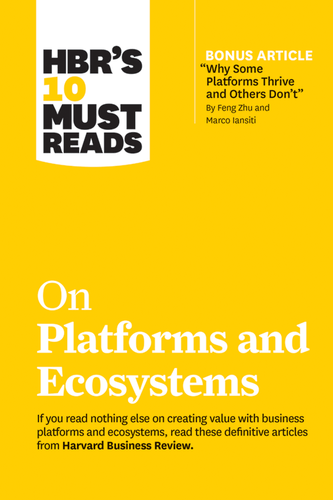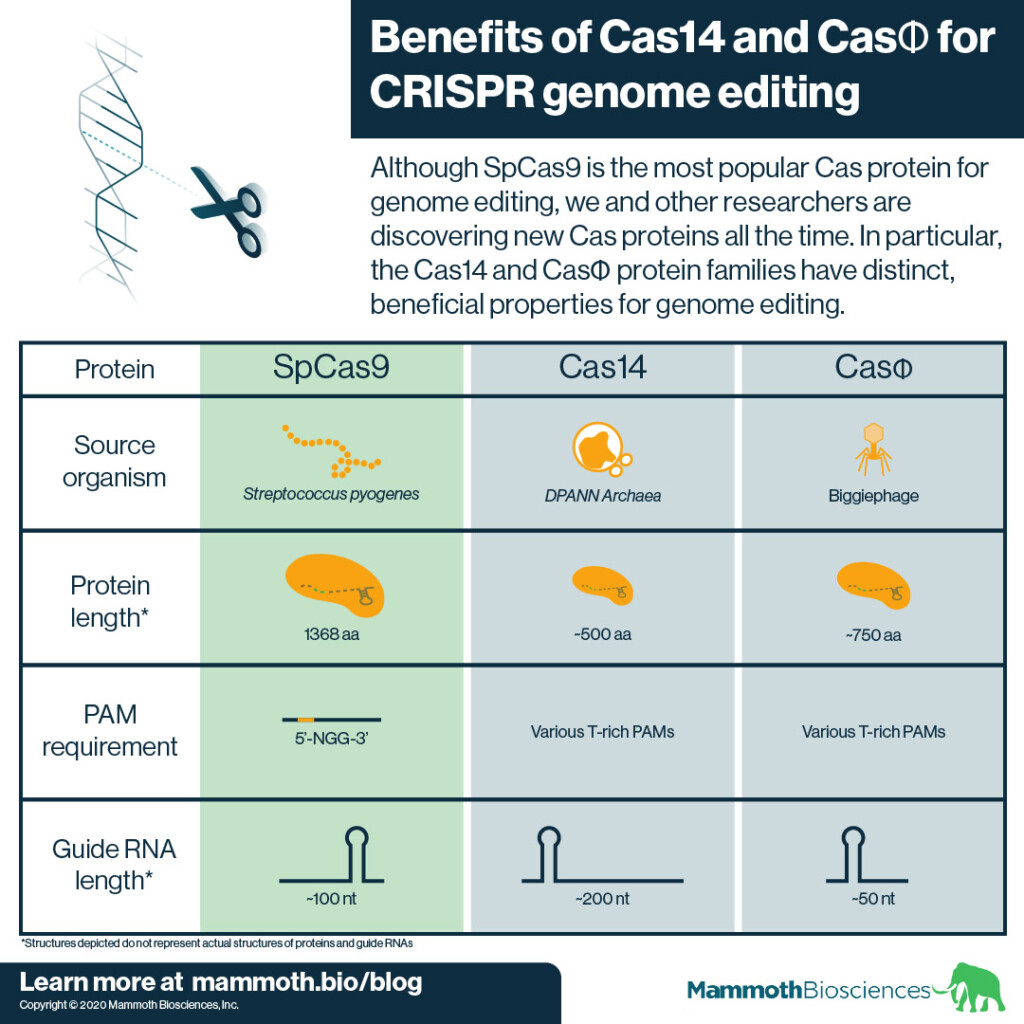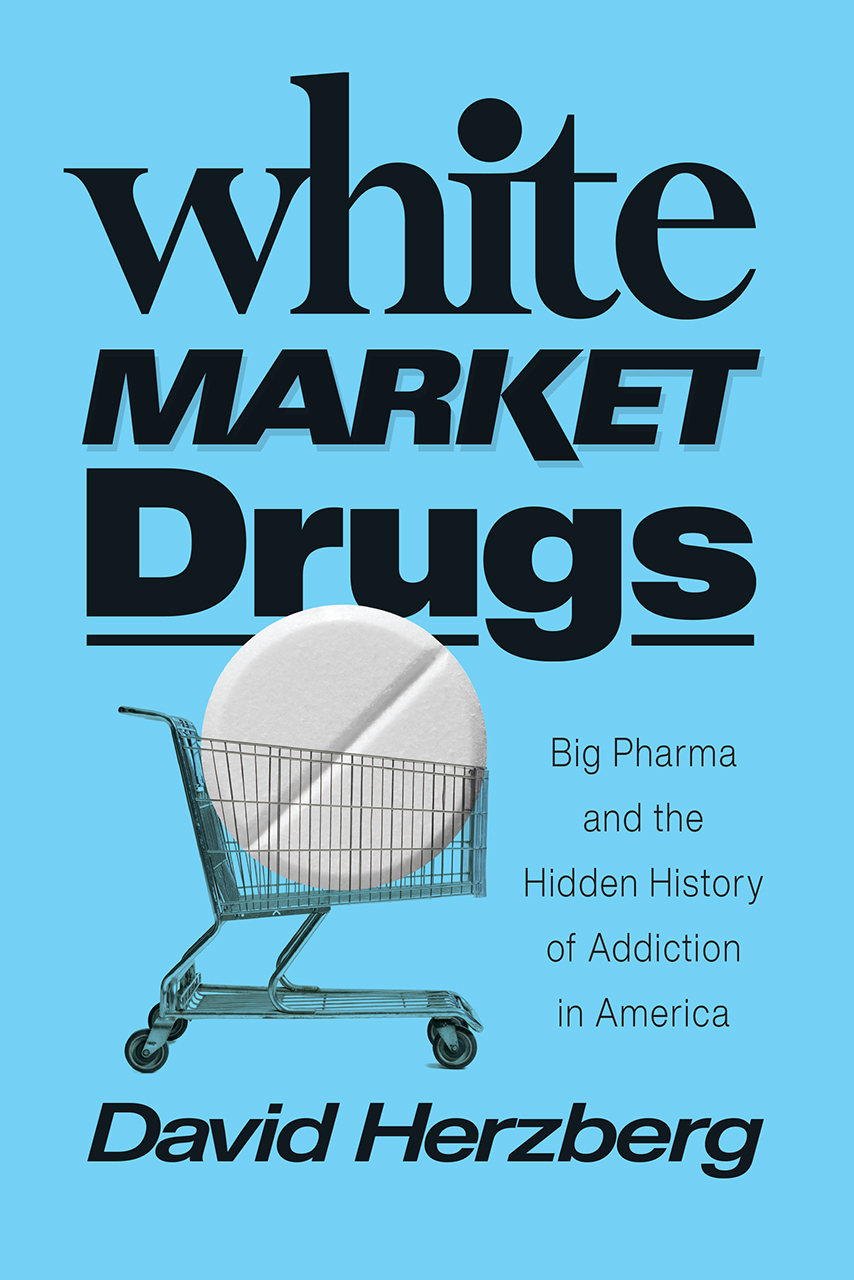HBR's 10 Must Reads on Platforms and Ecosystems
This collection of articles includes "Pipelines, Platforms, and the New Rules of Strategy," by Marshall W. Van Alstyne, Geoffrey G. Parker, and Sangeet Paul Choudary; "Strategies for Two-Sided Markets," Thomas R. Eisenmann, Geoffrey Parker, and Marshall W. Van Alstyne; "Finding the Platform in Your Product," by Andrei Hagiu and Elizabeth Altman; "What's Your Google Strategy?," by Andrei Hagiu and David B. Yoffie; "In the Ecosystem Economy, What's Your Strategy? ," by Michael G. Jacobides; "Right Tech, Wrong Time," by Ron Adner and Rahul Kapoor; "Managing Our Hub Economy," by Marco Iansiti and Karim R. Lakhani; "Why Some Platforms Thrive and Others Don't," by Feng Zhu and Marco Iansiti; "Spontaneous Deregulation," by Benjamin Edelman and Damien Geradin; "Alibaba and the Future of Business," by Ming Zeng; and "Fixing Discrimination in Online Marketplaces," by Ray Fisman and Michael Luca.












